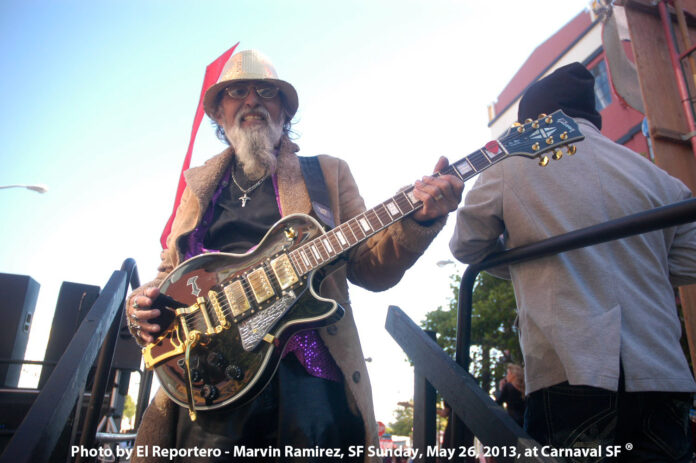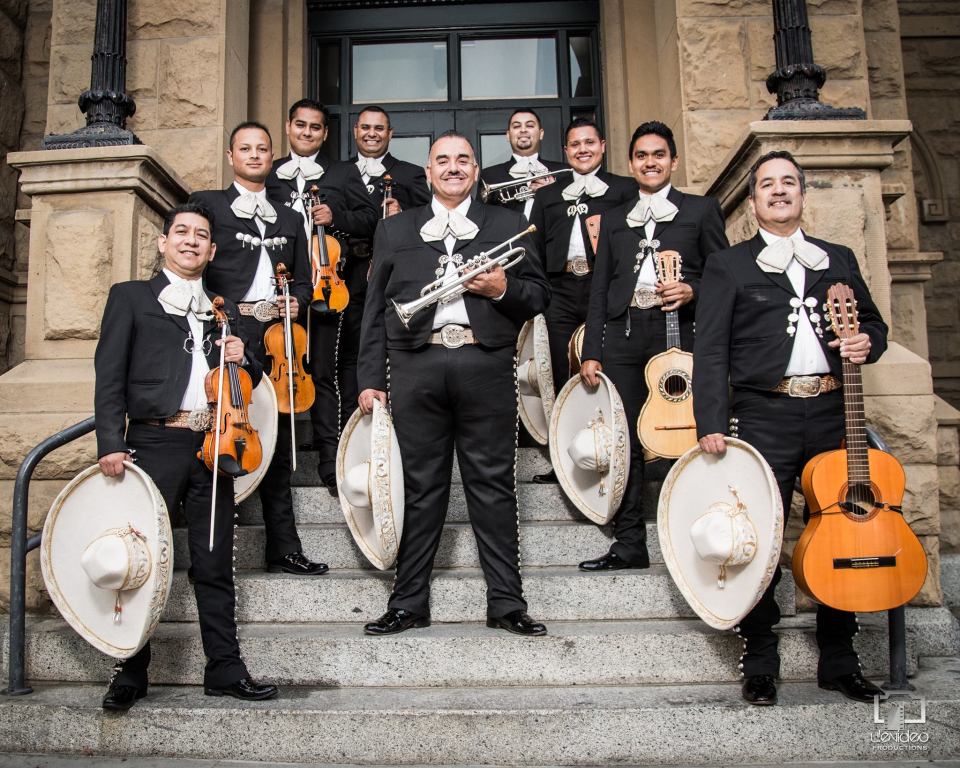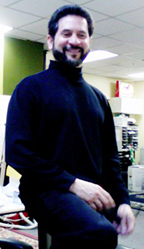New study shows Latino families are struggling with paying down debt and are the least prepared for financial emergencies
Submitted by JElena Group
Financial security and homeownership are at the heart of the American Dream, but many Latinos feel the idea of the American Dream could be disappearing, according to the latest State of the American Family Study.
The new study examines American family attitudes towards finances and financial planning, and found that one-third (38 percent) of Latinos believe the American Dream is disappearing. When asked about the definition of the American Dream, not living paycheck to paycheck is more likely to be part of the American Dream for Latinos. Latino households are more likely to have a broader definition of family that includes extended family, and one in four (24 percent) worry about being able to care for their parents as well as their own nuclear family.
Juggling Financial Priorities
Latinos face some big challenges, including having the lowest household income of all segments surveyed and being among the least prepared for a financial emergency. With an average household income of $107,801 of those surveyed, it appears that Latinos have relatively lower accumulated wealth. Latinos have diverse financial priorities:
Having an emergency fund (81 percent)
Ensuring stable income for the family in case of an unexpected event (76 percent)
Not becoming a financial burden for family (74 percent)
Developing a comprehensive financial plan (65 percent)
Paying for college education (61 percent)
Interestingly, 75 percent of those who selected homeownership as part of their American Dream are confident that they will one day own a home if they do not already. However, although short-term needs such as building an emergency fund and ensuring stable family income if the unexpected happens are top priorities, they worry about meeting competing long-term goals as well as issues beyond their control.
Paying Down Debt
Paying for higher education and wanting to play an active role in preparing children for future success through financial education are especially important for Latinos. But as student debt levels continue to rise in the U.S., many families are worried about managing both day-to-day expenses and paying down debt. The majority of Latinos carry some type of debt in the form of mortgages, credit cards and student loans:
63 percent have a mortgage. The average mortgage debt is $181,292.
64 percent have credit card debt. The average credit card debt is $9,652.
27 percent have student loan debt. The average student loan debt is $32,650.
Preparing for Financial Emergencies
Latinos are less prepared than other consumer populations surveyed for a financial emergency with 19 percent having less than a month of monthly expenses saved.
28 percent of Latinos have 1-3 months of expenses saved if there was an emergency.
23 percent of Latinos have 3-6 months of expenses saved if there was an emergency.
21 percent of Latinos have more than 6 months of their monthly expenses if there was an emergency.
Methodology
The State of the American Family survey was conducted for MassMutual by Isobar between January 19 and February 7, 2018 via a 20-minute online questionnaire. The survey comprised 3,235 interviews with American households with children under age 26 for whom they are financially responsible and polled 562 Americans who identified themselves as Hispanic with an annual household income equal to or greater than $50,000.










